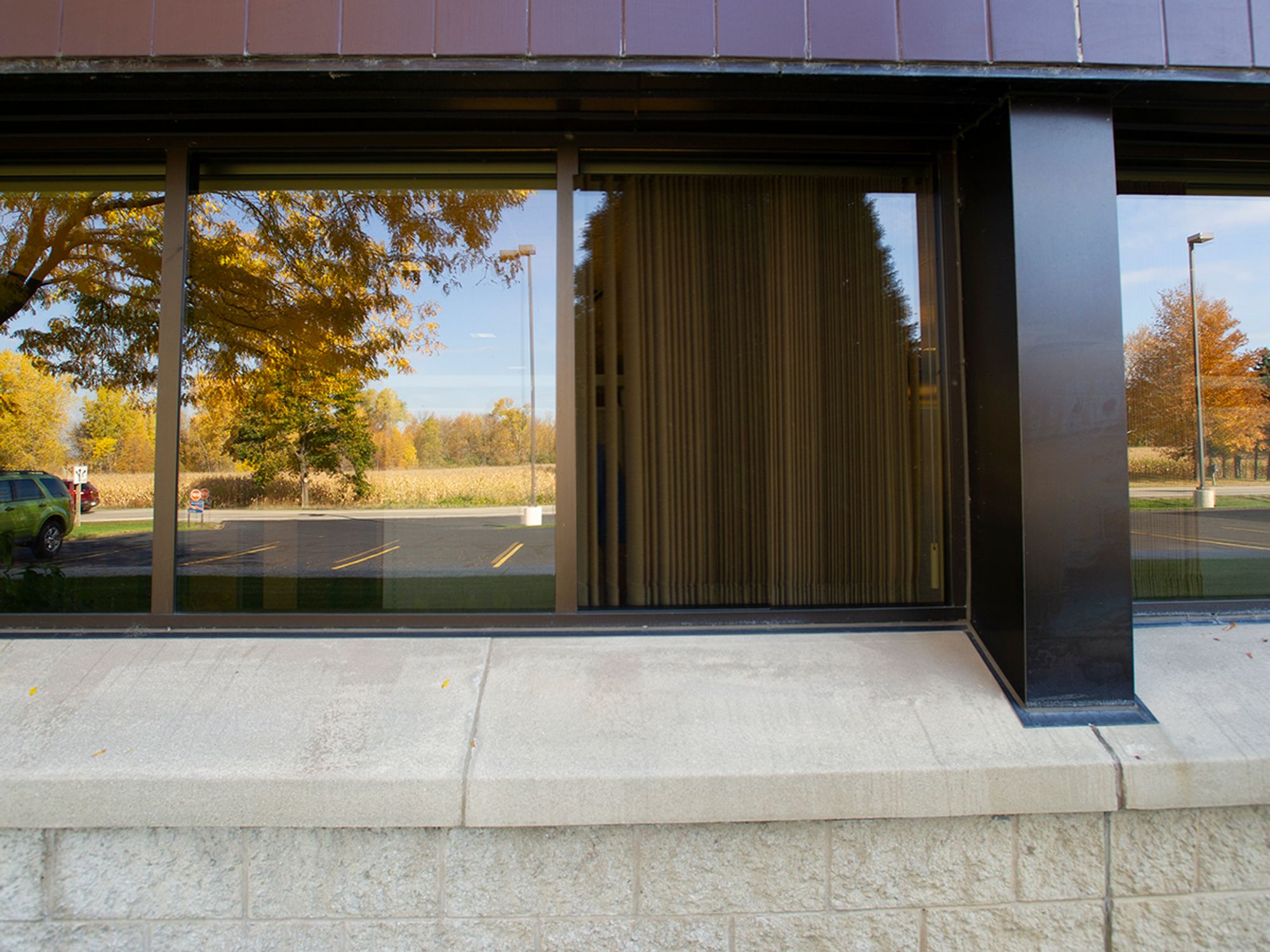Windows and perimeter walk-around procedures

- A company should keep windows secure to help ensure facility safety.
Check all windows for security risks. After doors, windows are the easiest way into a building. A window should be considered vulnerable if it is easily reached with a ladder, is large enough for a person to crawl through, or could allow someone to reach and open a lock.
Does the facility have windows that can be opened? If so, there is always the chance that one will be left unlocked, or that an intruder could force open the window lock. Evaluate and reinforce the locks if necessary, and make sure employees are closing and locking windows.
Consider installing alarms on windows located on the first and second floors of each building.
If there are window air-conditioners, make sure the units can’t be removed from the outside.
Perimeter walk-around procedures
A periodic walk-around or audit of the external areas of the facility and surrounding grounds will provide a lot of useful information, keeping the company in tune with facility security and highlighting any security gaps.
How often a company conducts security self-audits — whether weekly, monthly, or quarterly — depends on the size of the operation and its relative level of risk. The assessment should be done under varying light conditions (a burned-out light bulb would be invisible during daylight hours, just as a hole in a fence may not be visible at night). These are some questions to ask during the audit:
- Is lighting adequate? Are there many shadowed areas? Are all lights functional? Does the lighting allow security personnel to see all sensitive areas, including the perimeter? Are there significant dark areas where an intruder could pass unnoticed?
- Are there any unsecured access points, either on the perimeter of the property or on any buildings? For example, are there open windows, unlocked gates, roof vents or skylights, culverts that pass under the fence line, utility tunnels, etc.?
- Is there any vegetation that obscures lights, walkways, entrances, or the fence line, or otherwise compromises security? Is there vegetation that could hide an intruder? Trees, vines, shrubs, etc. should be trimmed regularly.
- Are all fences and walls in good shape? Pay special attention to any trees, buildings, or materials near the fence line or next to a building. The company may need to increase the height of the fence in those areas to prevent someone from climbing over, or remove tree(s) or material(s).
- Does the company have a secure employee parking lot away from the main building(s)?
- Are all locks secured, and do the locks offer adequate protection?
- Are all gates and doors secured? Are doors leading to sensitive areas locked? Could an intruder easily get through a door by breaking a glass panel, removing hinge pins, or breaking through the middle of the door? Are gates at least as secure as the surrounding fencing or barriers?
- Are all security cameras aimed and operating properly?
- Are all company security measures in place? Are they being enforced?
- Are there any sensitive or valuable goods being stored in unsecured outdoor areas?
- Are alarm systems working properly?
- Are ladders and other long, climbable objects secured or stored out of sight?
- If the company handles hazardous materials on-site, are the materials adequately secured and protected? Hazmat storage areas should be secured with fences, walls, or buildings.
Remember to obtain employee input, too, since employees are closest to the issues and might be able to alert management to security concerns that go unnoticed during a walk-around audit.
